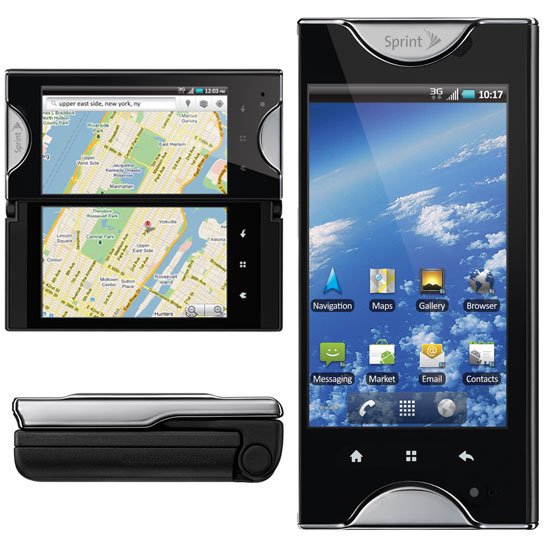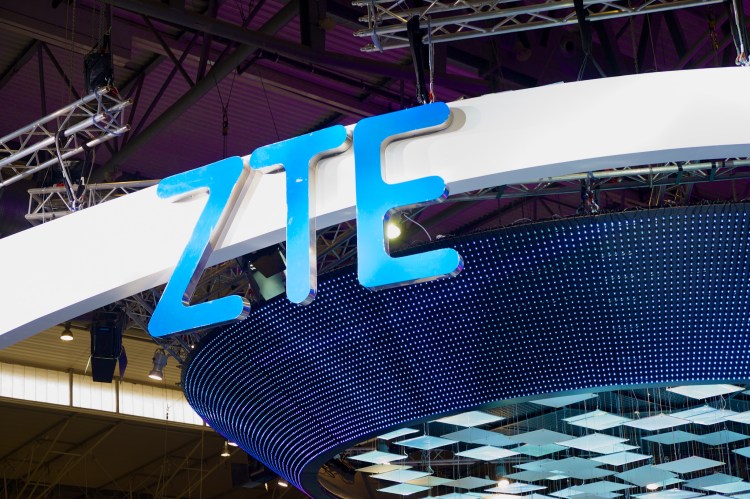While the world waits on a promised generation of devices with foldable screens like the oft-delayed Project Valley from Samsung, AT&T and ZTE have teamed up to offer a facsimile of their anticipated functionality in the form of a dual-screen smartphone called the Axon Multy.
Sounding very much like the promising-but-flawed Kyocera Echo of earlier in the decade (pictured below), Axon Multy is claimed (by a person briefed on its features) to be a horizontal clamshell of sorts, folding along its vertical axis. In its compact form, the individual 1,920 x 1,080 displays sit on both the front and rear faces of the handset (a notable divergence from the Echo’s unique “Z-hinge”).

Unfolded, the two displays meet at the hinge to form a contiguous screen with a 6.8-inch diagonal. The device as a whole is said to be relatively slim for such a functionality, with a sub-10-millimeter thickness even in its closed (folded) configuration.
June 5th: The AI Audit in NYC
Join us next week in NYC to engage with top executive leaders, delving into strategies for auditing AI models to ensure fairness, optimal performance, and ethical compliance across diverse organizations. Secure your attendance for this exclusive invite-only event.
While a full spec sheet was not shared with VentureBeat, Axon Multy was said to feature Qualcomm’s top-of-range system-on-chip from 2016, the Snapdragon 820, paired with 4GB of RAM, 32GB of storage, and a battery thought to possess a 3,120mAh capacity. Its single camera — which can serve multiple functions on a product with this form factor — contains a 20-megapixel sensor.

When it launches in mid-October for a claimed $650, exclusive carrier AT&T will apparently be highlighting its suitability for media consumption, particularly of the carrier’s own DirectTV content.
Much of the success for such a product would seem to hinge on ZTE’s software implementation of the expanded 1,920 x 2,160 mini-tablet mode. It should be noted that, even unfolded, its 6.8-inch screen is only half an inch larger than the recently introduced Galaxy Note8‘s single display. That makes it even more of a challenge to justify this form factor than the Echo faced half a dozen years ago.

